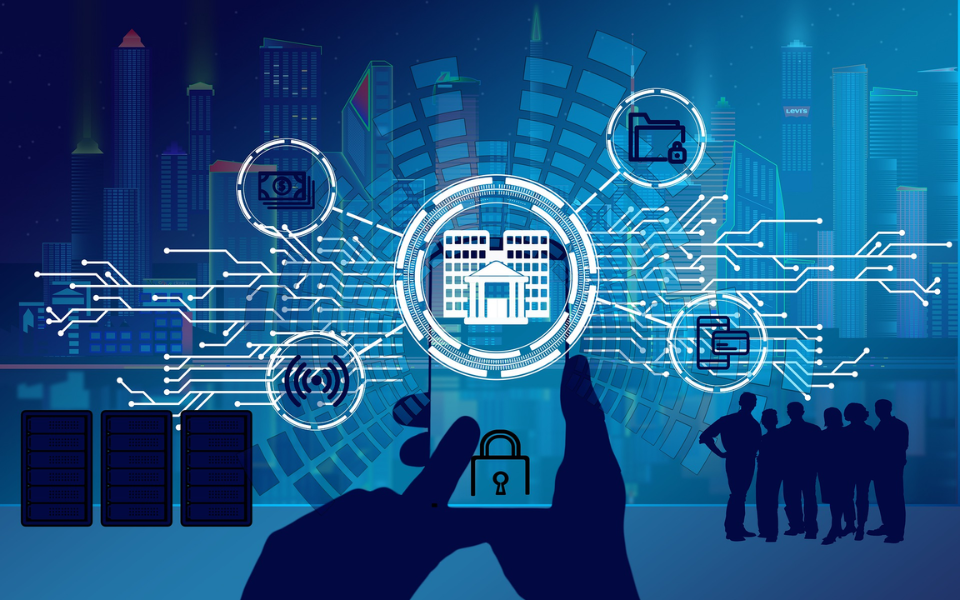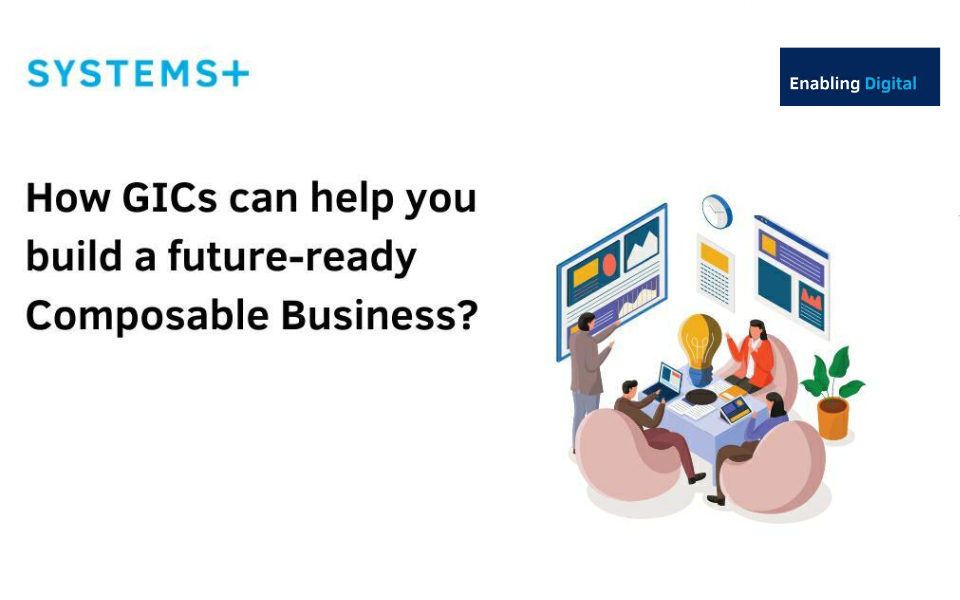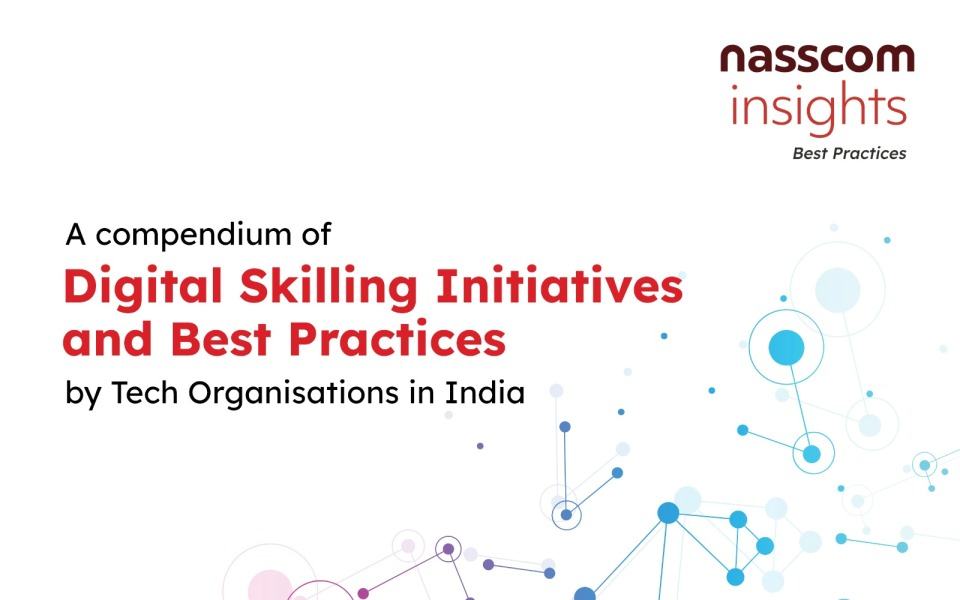Credible online assessments are the key to employability.
Not so long ago, I remember seeing this social media post about the value of real friends versus the online ones. Today as #SocialDistancing becomes the norm, the value we place on the medium of social connect has undergone a massive change.
Globally, over 1.2 billion students are out of the classroom. The collective disruption we are now witnessing in our schools, work, and play, along with a heightened awareness of what it means to value relationships, is adding fuel towards sparking an Online Education movement. While enough and more has been written about online learning, we also need to focus on online assessments. With all major high stakes exams getting disrupted – CBSE, JEE, NEET etc, the need to have credible online examination system has jumped into focus.
Why Online assessments matter?
A virtual learning environment will not reach its full potential without credible online assessments.
Students today are not only facing a watershed event in terms of the global health crisis but are also having to navigate the shifting job market. They need to learn to respond with agility over their lifetimes to changes in labour market requirements, and fast-changing developments in technology. We find that online learning and assessments are the way to enable this transformation.
How do remote assessments help?
- Customized learning journey – Usage of digital resources generates data that can be analysed to reveal patterns predicting success, difficulty, or failure which can help enable timely interventions.
- Learner autonomy – Regular tracking of progress, assists in greater freedom to set the pace of learning. Some forms of remote assessments ( AI-based) offer the choice of format and the timing of assessment for students, who can access assessment at a time and place of their choosing, with no constraints due to time or location
- A wider range of measurements – Via the ability to create and visualize complex data sets and models, digital technologies can elicit and measure cognitive processes that have previously been difficult to assess. They offer a more accessible assessment than text-based tests with varied learning styles or language backgrounds.
Growth of Online assessments
Indian Education System is one of the largest in the world and with more than 1.5 million schools with over 260 million students enrolled and about 751 universities and 35,539 colleges. Further, after the US, India is ranked as the second-largest market for e-learning, currently valued at US$ 180 billion.
These numbers underline the importance of virtual learning for India, especially in today’s context. Many colleges and schools have started the process of adapting to an education system with a blended learning model culminating in online assessments for higher education, in particular, where time is at a premium.
Globally we have seen a pronounced trend toward online learning, however with COVID19, there has been a major leap of adoption of online assessments as well.
To take the most relevant example , the GMAT Examinations: flag bearers of credible standardized assessments, decided to switch to the online model on 20th April 2020 completely, just as the pandemic came on at full force. This would not have been possible if the processes for the online model were not already in place. The change was only of higher acceptance.
The GMAT at-home online exam is cheaper, costing $200 – a reduction of $50 compared to the in-person GMAT exam.
Security feature
- There is no optional-break but test-takers can opt for a 5-minute break between the Verbal Reasoning and Integrated Reasoning sections.
- The use of a whiteboard during the exam is prohibited. There is an AI-driven security and authentication system, which will check for authentic and appropriate software and hardware, identity verification and workspace verification. :
The use of online test model by one of the largest testing agencies undoubtedly increases our confidence about the authenticity and reliability of online assessments through various means of remote proctoring.
In India, SSC NASSCOM has been at the forefront of the online aseessment movement. Focusing on the tools and techniques used for credible online assessments to complete this Virtual learning environment we have been working with National Skill Development Corporation, GOI to implement various proctoring mechanisms within the larger skilling ecosystem. Our team has conducted over 10 lakh proctored assessments since 2015 for IT skills trained candidates making education delivery meaningful to students who can’t go to training centers or attend exams today due to external factors.
This assessment methodology has given greater credibility to our certification program and value to the candidates. We have now taken this expertise to deliver the same quality in an online environment.
Who is a Proctor?
A proctor is an inpidual who ensures the genuineness of the test taker and that he/she doesn’t indulge in any malpractice and/or use any unfair means to attempt the exam. In a conventional examination, the proctor, also called the invigilator ensures identity verification, prevents malpractice and maintains the sanctity of the exam environment. In the online world, proctoring takes on different forms.
- Online Proctoring – A proctor will keep an overall central eye on candidates appearing for assessments through enabled cameras of the respective device. The system will capture the evidence in form of photos/short videos of test-takers during the entire assessment. Proctor will ask participants to produce Govt. ID card in front of the camera to capture proof of it.
- Auto Proctoring – Test engine will keep an eye on candidates appearing for assessments through enabled cameras of the respective device. The system will capture the evidence in form of photos/short videos of test-takers during the entire assessment at regular time intervals. The participant has to produce Govt. ID card in front of the camera to initiate the assessment & it can be used as proof of validation.
- AI Proctored – Machine Learning and AI-Based Platform derives the Malpractice Score based on multiple parameters – Face Detection, Full-Screen Mode, Web-Cam monitoring, violation scale, image flagging. Alert for any malpractice during the conduct of assessments.
Challenges
One of the key problem of any online assessment is the limitations of electrical connectivity and internet bandwith. Unless these issues are addressed the adoption of remote online examnations will continue to remain a challenge. Further there is also the matter of uniformity of personal use devises – Laptops, Tablets etc which are not geared towards examinations presently.
These problems are more pronounced for developing country like ours, where once again unequal distribution of wealth may lead to unequal learning opportunities.
Advantages
- Credible: Preserves the value of the program, prevents malpractices.
The type of questions in an online assessments are more logical (simulation based) and the chances of you being able to just find the answer to the questions in the university library or google are limited. The advances in technology and AI enabled supervision will only make it more secure going forward. - Economical: Saves money spent on physical infrastructure or travel.
Online assessments provide the best solutions especially for large scale examinations in the shortest amount of time especially for strengths-based recruitment process at scale. Both the assessing organization and the test taker save money in terms of travel and physical infrastructure & human resource. - Flexible: Test anytime, Anywhere
The most important value of an online assessment is it’s adaptability. These tests are easily customized, conducive to quick deployment. The test taker too is able to schedule it as per their convenience.
The way forward
On the one hand, COVID19 has spiralled us into a socio-economic crisis but equally, it also presents an opportunity towards higher usage of online testing which will become part of the mainstream education system. Today with better connectivity, infrastructure, and popular availability of smartphones, the candidates can conveniently take up the exam from the comforts of their own home. Now it is up to us to ensure that all modes of learning, skilling, and assessment of the future workforce are credible and forward-looking.
By- Amrita Basu and Ankit Singh


































